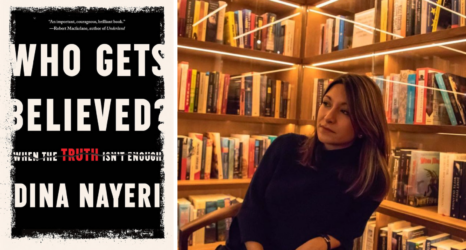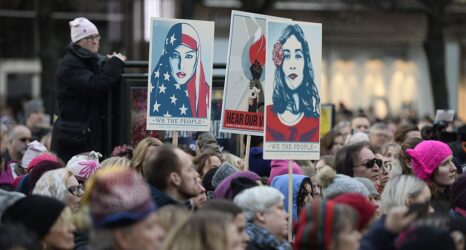The number of women ambassadors to Washington, DC has been steadily dropping since 2013. More than a dozen new ambassadors arrived in Washington this summer and fall, with only a single woman among their ranks.
The Georgetown Institute for Women, Peace & Security hosts a yearly dinner celebrating Washington women in foreign policy. When we began this tradition in 2013, there were 27 women ambassadors on our invitation list—a record number. Today, only 16 women represent their countries as ambassador to Washington—only a few more than served as ambassadors in 1995. Even if one includes female chargés d’affaires, women hold the top post in only 22 of 189 Washington embassies: barely 11 percent. An additional three women Ambassadors serve as both Permanent Representatives to the UN and Ambassadors to the U.S., but are based in New York.
One explanation for the spike in women diplomats during the early Obama Administration, followed by the rapid decline after 2013, is the tenure of Hillary Rodham Clinton as secretary of state.
Madeleine Albright, Condoleezza Rice and Hillary Clinton had led the State Department in close succession, changing the face of American foreign policy. Many women appointed in 2008-2013 were the women to serve as ambassadors from their countries, including India, Ireland, Oman and Jordan. Several women who served during her tenure attributed their appointment to “The Hillary Effect.”
Clinton was widely known as a vocal supporter of gender equality and women’s leadership, which could have further prompted foreign governments to put their women diplomats on the frontline, hoping to improve U.S. relations. “The pictures of U.S. diplomacy have been strongly dominated by photos of women recently,” said the first Indian Ambassador to the U.S. in a 2010 article in The Washington Post. “That helps to broaden the acceptance of women in the field of diplomacy.”
The importance of such signaling can also be illustrated by a story Secretary Albright often tells about her time as one of the few women Permanent Representatives at the United Nations. During her tenure, she made a point to always take phone calls from other women PRs. Others asked why she would answer a call from Liechtenstein, but not from more geopolitically important countries. If they sent a woman to the UN, Albright responded, she would happily take their calls too. Albright recalled that governments started thinking, “we need a Madeleine.” (The Liechtenstein Representative at the time, Claudia Fritsche, later became the ambassador to Washington. She retired in 2016 and her post was filled by a man.)
The drop-off in the number of women ambassadors began in 2014, and has shown little signs of improvement since. Today, high level women in the U.S. administration are few and far between. Without an effort to improve women’s representation, the number of women ambassadors is unlikely to increase.
In the absence of any signals that the United States is committed to women’s leadership in foreign policy, 27 may have been the high-water mark for women diplomats in DC.





